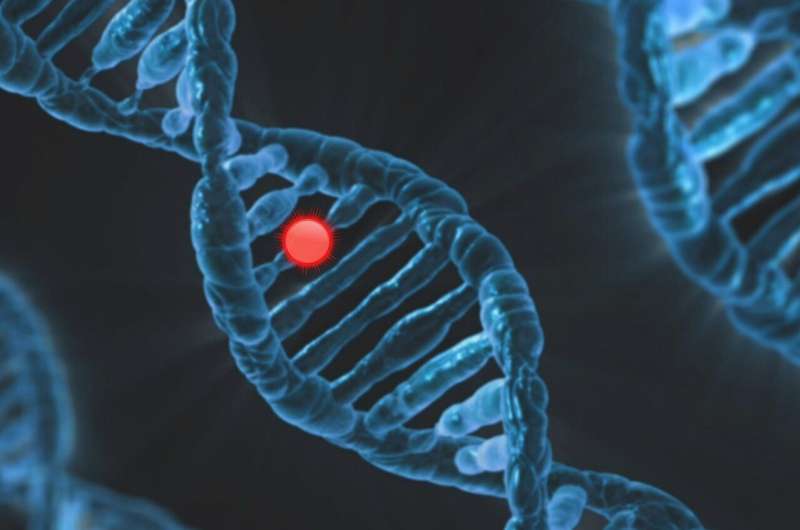New Insights into the Genetic Mutations Behind Weaver Syndrome

Researchers have revealed how mutations in the EZH2 gene actively disrupt chromatin regulation, driving Weaver syndrome and related overgrowth conditions. This discovery advances understanding of genetic and epigenetic factors in developmental disorders.
Scientists have uncovered the underlying genetic mechanisms that drive Weaver syndrome, a rare developmental disorder characterized by overgrowth, intellectual disability, and an increased risk of cancer. This breakthrough research, led by team members from Trinity College Dublin's Smurfit Institute of Genetics in collaboration with University College Dublin, has been published in the journal Genes & Development. The study reveals that mutations in the EZH2 gene, previously thought to merely weaken gene function, actively sabotage the normal copy of the gene, leading to disorder manifestation. Although individuals with Weaver syndrome typically carry one normal and one mutated copy of EZH2, the mutation disrupts the functioning of the healthy gene, causing significant alterations in cellular processes.
Weaver syndrome belongs to a family of overgrowth syndromes linked to the Polycomb Repressive Complex 2 (PRC2), a crucial part of chromatin-modifying machinery. Chromatin’s primary role is to organize long DNA molecules efficiently within cells and regulate gene activity. When EZH2 mutations interfere with PRC2, they disturb chromatin structure and gene regulation, especially affecting genes responsible for growth. This disruption explains the abnormal growth patterns observed in patients, including cases like Rumeysa Gelgi, who holds the record as the tallest living woman due to the condition.
Using mouse embryonic stem cells and human cells derived from Weaver syndrome patients, researchers demonstrated that mutant EZH2 proteins impair PRC2 functions, leading to abnormal chromatin states and altered gene regulation. The severity of symptoms correlated with the degree of PRC2 impairment. Senior author Professor Adrian Bracken explained that these mutations exert a 'dominant-negative' effect, actively interfering with normal protein function and causing chromatin decompaction and gene dysregulation that predispose individuals to overgrowth and potentially cancer.
Further, the study highlights that certain EZH2 mutations may heighten cancer risk by increasing tumor-promoting activities. Co-senior author Eric Conway from University College Dublin emphasized that although Weaver syndrome is rare, affecting fewer than 100 confirmed cases worldwide, it is part of a larger group of over 170 rare chromatin-related syndromes called 'chromatinopathies'. These conditions share a common denominator: disruptions in DNA packaging and gene expression processes. The research offers a valuable framework for deciphering other chromatinopathies, pushing forward the development of targeted therapies in the future.
This pioneering work not only enhances our understanding of Weaver syndrome but paves the way for innovative diagnostic and therapeutic strategies, offering hope for improved management of chromatin-related disorders.
Stay Updated with Mia's Feed
Get the latest health & wellness insights delivered straight to your inbox.
Related Articles
Prenatal Exposure to Persistent Chemicals May Increase Teen Blood Pressure Risks
Prenatal exposure to persistent PFAS chemicals may elevate the risk of high blood pressure during adolescence, highlighting the need for stronger environmental protections and policy changes.



